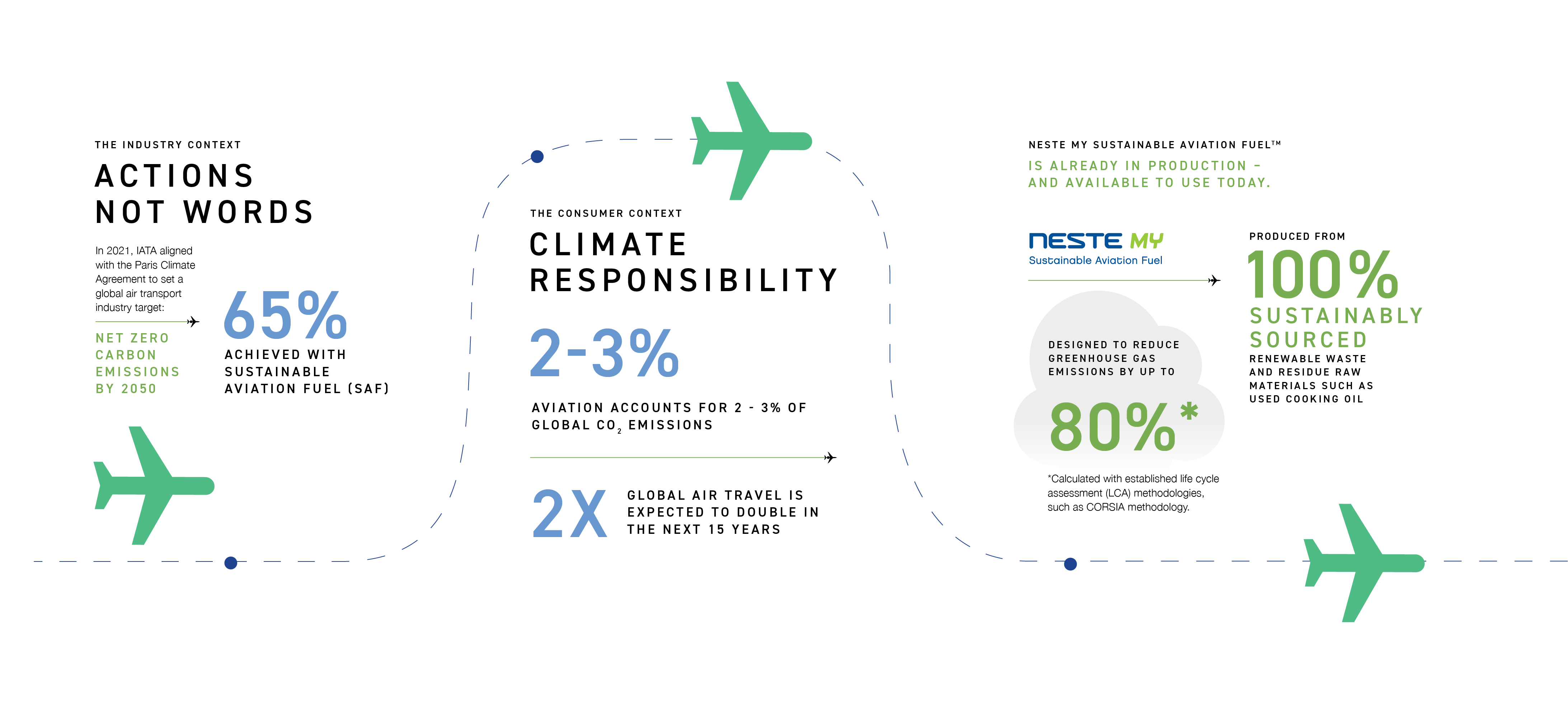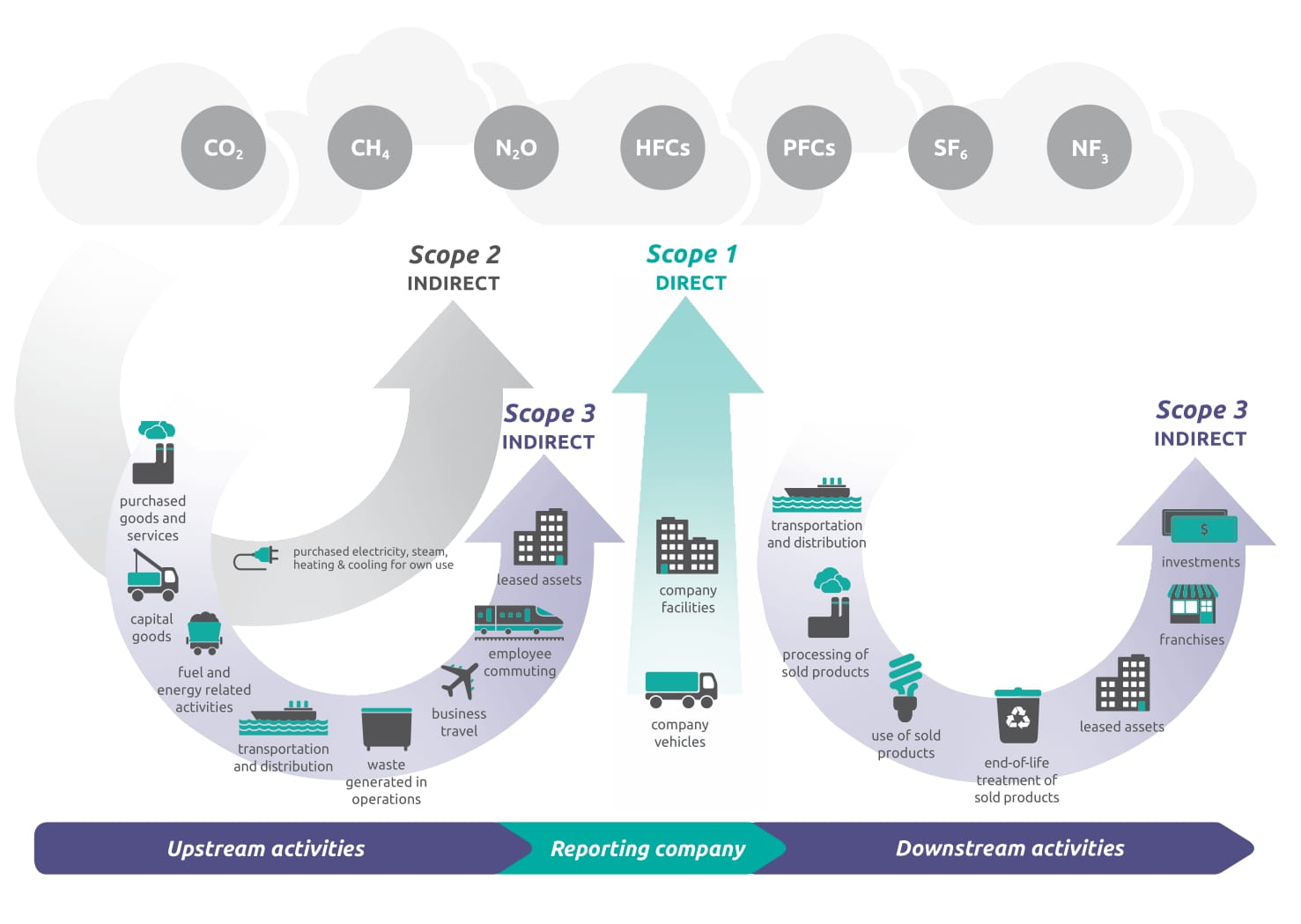SCIENCE BASED TARGETS

Science Based Targets - Ambitious Corporate Climate Targets
What are Science Based Targets?
Established in 2015, the Science Based Targets initiative’s (SBTi) goal is to help companies set greenhouse gas (GHG) emission reduction targets in line with the latest climate science and Paris Agreement goals, in order to contain the worst effects of climate change. Close to 4,000 companies have joined the initiative since its inception, and the number continues to grow.
In October 2021 the SBTi launched the world's first Net Zero standard, providing guidelines and tools for companies to set science-based net zero targets and limit global temperature rise above pre-industrial levels to 1.5 °C.
In a nutshell, the SBTi sets out a framework allowing organisations, no matter their size, to understand what they can do to reduce their emissions, and how fast they need to act. It also independently assesses and approves companies’ targets and progress worldwide. The SBTi recognises the differences between industries and supports companies in each sector to set science-based targets, based on the Sectoral Decarbonization Approach (SDA), developed in consultation with Scientific and Technical Advisory Groups. Companies can be inspired by each other's progress - view the 2021 progress dashboard.
SBTi is a collaboration between CDP, the United Nations Global Compact, World Resources Institute (WRI) and the World Wide Fund for Nature (WWF). Read more about SBTi.
Science Based Targets guiding the Airfreight industry
CO2 emissions from the aviation sector are on course to triple by 2050. To align with the Paris Agreement, the aviation sector needs to reduce average carbon intensity by 40% by 2019-2035, and 65% by 2050.
Companies ready to reduce their emissions need credible solutions to reach their climate targets, and ways to credibly report on progress. In August 2021, SBTi released aviation specific guidelines based on a Technical Working Group of dedicated experts from the aviation industry with support from the International Council for Clean Transportation (ICCT).
The guidelines recommended for the industry are first to evaluate emissions data, forecast future activity, and thereafter to set out short-term milestones, while ensuring effective board-level governance and tracking to achieve the company’s adopted milestones.
Improving efficiency of technology and operations, as well as increasing adoption of Sustainable Aviation Fuels (SAFs) are two central pillars to achieving the industry’s aims, as recommended by IATA and the experts from the Technical Working Group comprising of individuals from industry leaders1.
The guidelines highlight how SAF can be used as a concrete and direct method to achieve science-based targets set against jet fuel-related emissions. For aviation end-users, SBTi recognises the “Book-and-Claim '' approach as one practical model to meet Science-Based Targets. However, the GHG accounting practices for corporate SAF purchases are not yet standardised, hence SBTi recommends to follow the GHG Protocol principles. By purchasing SAF from reputable producers and sending it into the “Book-and-Claim” ecosystem, freight forwarders can collectively ensure that by utilising simple economics, (i.e. increasing demand will drive costs down in the long run), their actions will concretely reduce emissions.
Read more about SBTi’s Science-Based Target Aviation Guidance.

Scope 3 emissions in the Airfreight industry
The GHG Protocol is the globally established framework for accounting and reporting GHG emissions across corporate value chains.
As defined by the GHG Protocol,
- Scope 1 emissions are GHGs released directly from a business.
- Scope 2 emissions are indirect GHGs released from the energy purchased by an organisation.
- Scope 3 consists of 15 categories covering the indirect value chain emissions. accounting for upstream and downstream emissions from a product or service, and emissions across a business’s supply chain. For many businesses, Scope 3 emissions account for more than 70% of their carbon footprint.
In terms of airfreight, typical GHG emissions hotspots include Scope 1 and fuel use in own fleet, but also Scope 3 categories such as Category 4 Upstream transport and distribution, and Category 9 Downstream transport and distribution and Category 1 Purchased Goods and Services2.

Scope 3 emissions are typically the biggest contributor to the airfreight industry’s emissions, but also where we collectively can have the greatest impact to significantly reduce our emissions as a whole.
As of today, there is no standard for accounting SAF in Scope accounting. Hence, it is important to follow the principles laid out in the GHG Protocol and SBTi Aviation guidelines to ensure SAF offerings generate real climate benefits and allow credible reporting.
Such principles include:
- a reasonable proof of fuel combustion within aviation sector;
- demonstrating a clear chain-of-custody through traceable SAF supply chain;
- demonstrating sustainability benefits based on SAF supply chain;
- applying a fuel lifecycle approach in GHG emissions reporting of SAF.
- Air New Zealand, All Nippon Airways, American Airlines, Cathay Pacific Airways, Deutsche Post DHL Group (DPDHL), EasyJet, Ethiopian Airlines, Federal Express (FedEx), Finnair, GOL, International Airlines Group (IAG), JetBlue Airways, and Qantas Airways.
- GHG Protocol, Corporate Value Chain (Scope 3) Standard